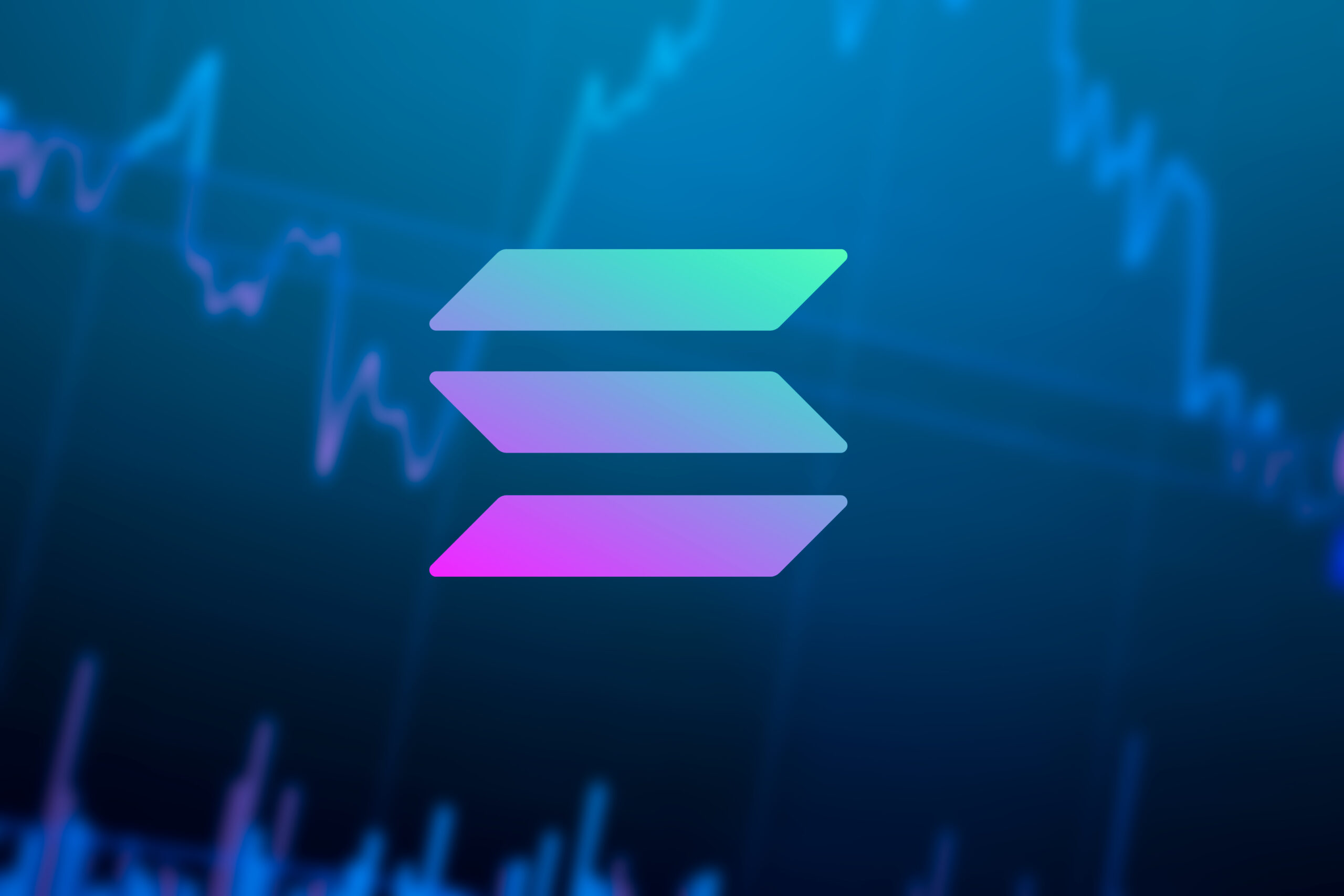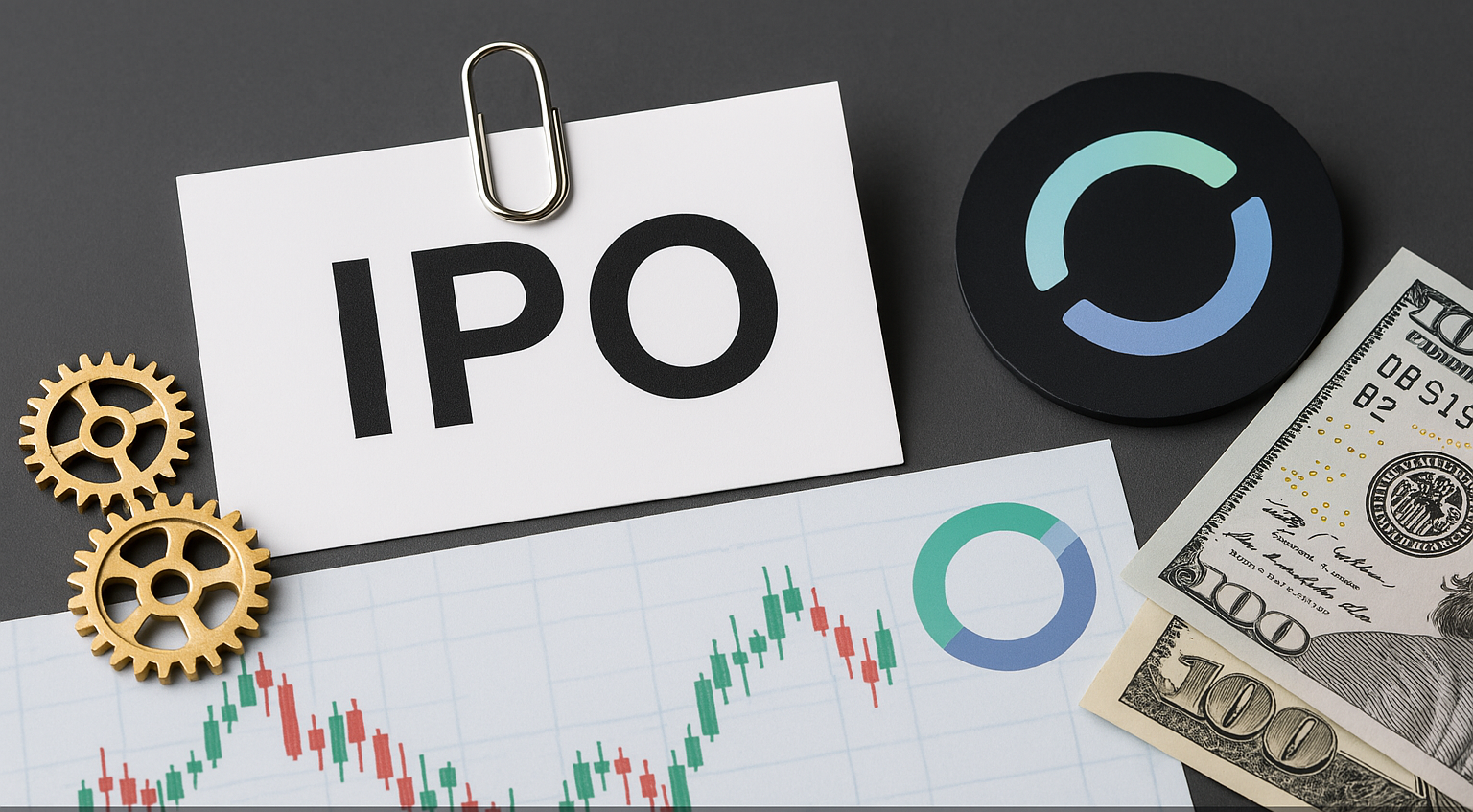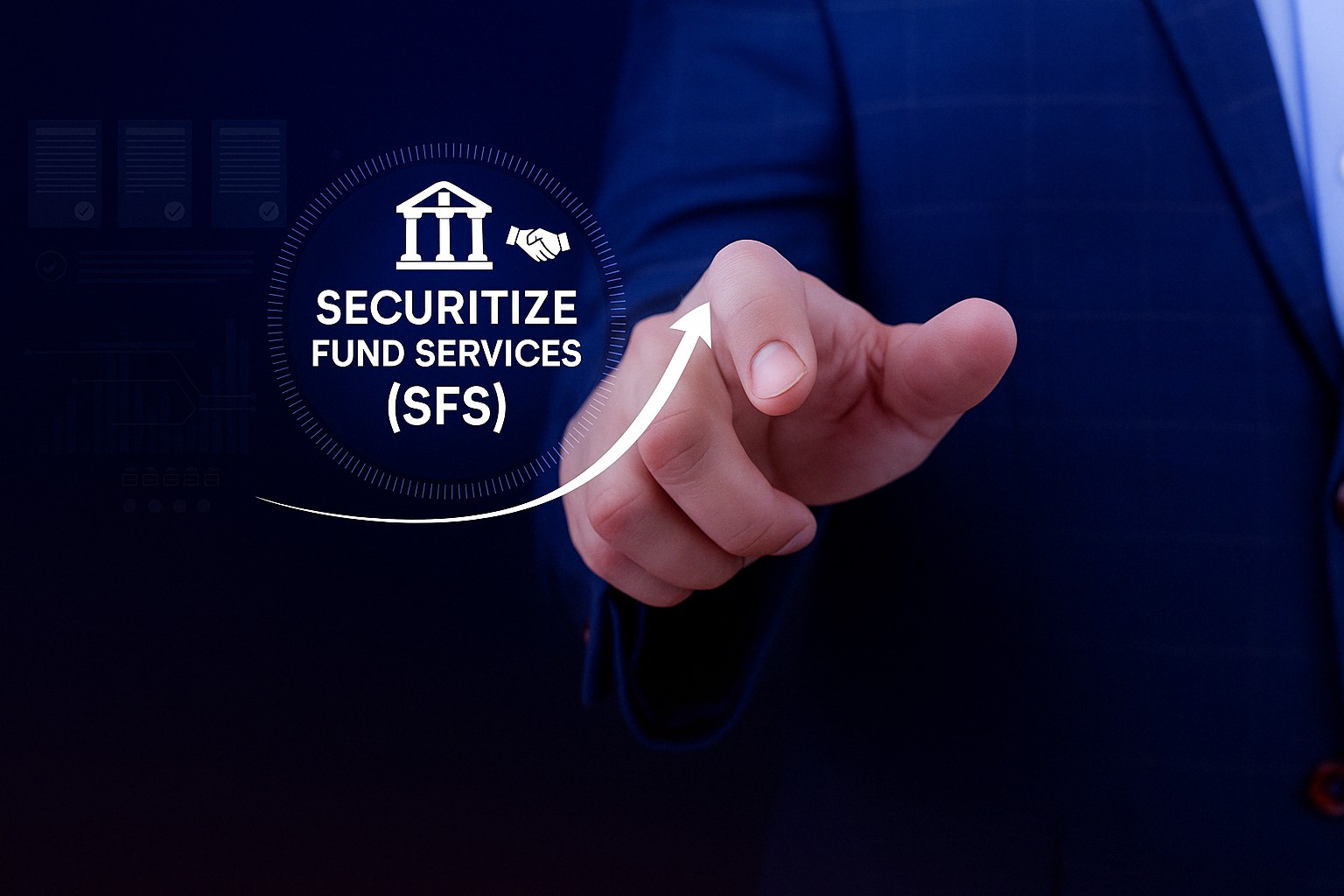Want to understand how DeFi turns real-world assets into tradeable blockchain tokens? This article explains how the process works, what benefits it brings, and the token types involved.
When blockchain comes up in conversation, people usually think of big-name cryptocurrencies like Bitcoin or Ethereum. But the technology behind crypto has greater potential, and it’s already disrupting traditional industries—from real estate to finance and even the art world.
One of the most promising use cases is DeFi, or decentralized finance. In DeFi, blockchain makes it possible to tokenize real assets into digital forms that are divisible, transferable, and usable across decentralized systems.
Let’s explore how asset tokenization functions within DeFi, its real-world applications, and the main types of tokens enabling it.
What is Asset Tokenization in the DeFi Landscape?
In DeFi, asset tokenization means creating blockchain-based tokens that represent physical or financial assets like gold, artwork, property, or company shares.
This system allows for secure, decentralized ownership of assets that were once hard to divide or transfer. One current example is 8lends by Maclear, which lets businesses tokenize and borrow against their assets.
Steps to Tokenize Real-World Assets in DeFi
Step 1: Identify the Asset
You begin by choosing the asset to tokenize. This could be stocks, real estate, or art. A legal framework must be in place to support the transition to digital form.
Step 2: Asset Valuation and Custody
Independent verification ensures the asset’s worth. For example, a $5 million building must be appraised before determining token value. Custodial services often manage physical backing.
Step 3: Create Smart Contracts
Smart contracts are blockchain programs that manage token creation and rules. They enable fractional ownership, define token functions, and automate future interactions.
Step 4: Token Sale and Distribution
Tokens are released via an ITO or ICO to public or private investors. Buyers receive tokens that reflect a share in the underlying asset.
Step 5: Trading and DeFi Integration
Token holders can trade on DEXs or use their tokens in DeFi applications like lending, borrowing, or staking—expanding the tokens’ utility.
Key Benefits of Tokenization in DeFi
Reduced Fees
Without banks or brokers, tokenized asset transfers cost less and happen faster.
Access to High-Value Investments
Investors can purchase portions of high-value items through fractionalized tokens, lowering entry barriers.
Global Liquidity
Assets become instantly tradable across the globe, making the market more dynamic and flexible.
Secure Infrastructure
Blockchain adds an immutable, transparent layer of trust, ensuring secure transactions.
Types of Tokens in DeFi
Utility Tokens
Used to access services, earn rewards, or pay network fees. Vital during early DeFi project launches.
Stablecoins
These maintain consistent value by being pegged to external assets, ensuring low volatility for everyday DeFi operations.
Security Tokens
These represent real-world equity or asset shares and are often subject to regulatory frameworks.
NFTs (Non-Fungible Tokens)
Each NFT is unique and cannot be exchanged one-to-one. Perfect for rare assets like digital art or collectibles.
Conclusion
Asset tokenization is a powerful gateway between the physical world and blockchain. As projects like 8lends innovate how loans and investments work, DeFi is paving the way for a more open and efficient financial system.



